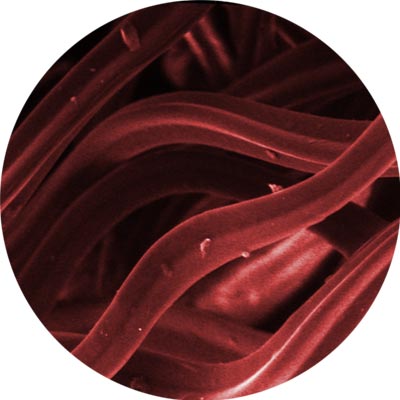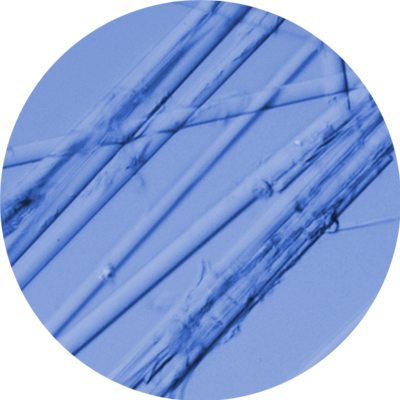Polyamid – PA
PA6: synthetic fibre from caprolactam, PA6.6: hexamethylenediamine and adipic acid, PA 6.6 and PA 6 have similar chemical properties, high stability, rigidity and elongation, thermoplastic, multifunctional, low heat conductivity, extremely weatherproof and high UV resistance, PA6.6 better fastness to abrasion and wearing.


